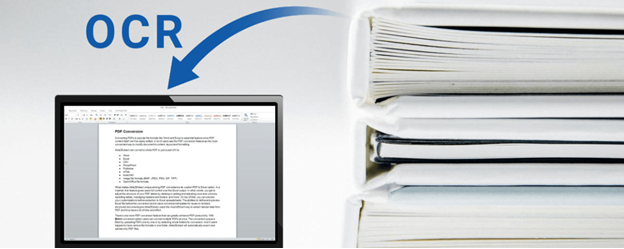SEO is a constantly changing industry and with companies doing more technical due diligence and wanting fast results, the SEO industry needs to keep adapting to keep their business or clients happy. Here’s a look at some changes to expect this year:
More Speed
A few years ago a big Google update was to prioritise faster websites in the rankings, this was solely to improve the user experience and make webmasters wearier of cramming data into pages. Within this time there have been several ways to improve speed and as websites adapt, so will Google. It’ll likely be a subtle update, but Google will continue to push the boundaries with prioritising faster running websites. I’ve found improving a website’s speed is one of the best ways to optimise a website especially by reducing image size.
Backtracking
In January Google announced that websites will no longer be able to have multiple positions on the SERP’s meaning if you rank for a keyword in a featured snippet, you’ll lose your organic ranking below it. However, this hasn’t been the most thought out update as it’s been proven by multiple websites that clicks are dramatically down with losing the organic position. While having a featured snippet position is good (with it being at the top of the page) clicks aren’t guaranteed as answers are also displayed on the SERPs.
Web Development
There has been a lot of chatter in the SEO industry about how much the user experience of a website is vital to creating longer website visits, and the fact is that a lot of websites cut corners when it comes to the backend of their domain. It’s difficult to decipher how Google would go about this, but websites overloaded with unnecessary code, bad formatting and navigation as well as sites that aren’t developed to mobile correctly, these will likely be strong indicators for Google.
An update like this should hopefully encourage more webmasters to rethink anything they’ve neglected and begin focusing on improving their user experience for both Google and their traffic.
COVID-19
The announcement from the pandemic declaration from the World Health Organisation has created an influx of searches in most industries. With lockdowns, stores closing and users with plenty of health questions, Google’s average search levels have massively increased. But once normality is restored will this lead to a Google update? Most likely. Google may encourage more websites to display their health procedures in place to give users peace of mind, especially in the e-commerce and health sectors.
As I mentioned these are logical theories based on releases from Google and their previous habits. It’s always worth keeping up to date with the latest updates and any announcements so you can be ready for any big changes. The great thing about the above predictions is that if you do decide to execute them, there’ no harm they can do, but only enhance your website and the UX that it offers.


